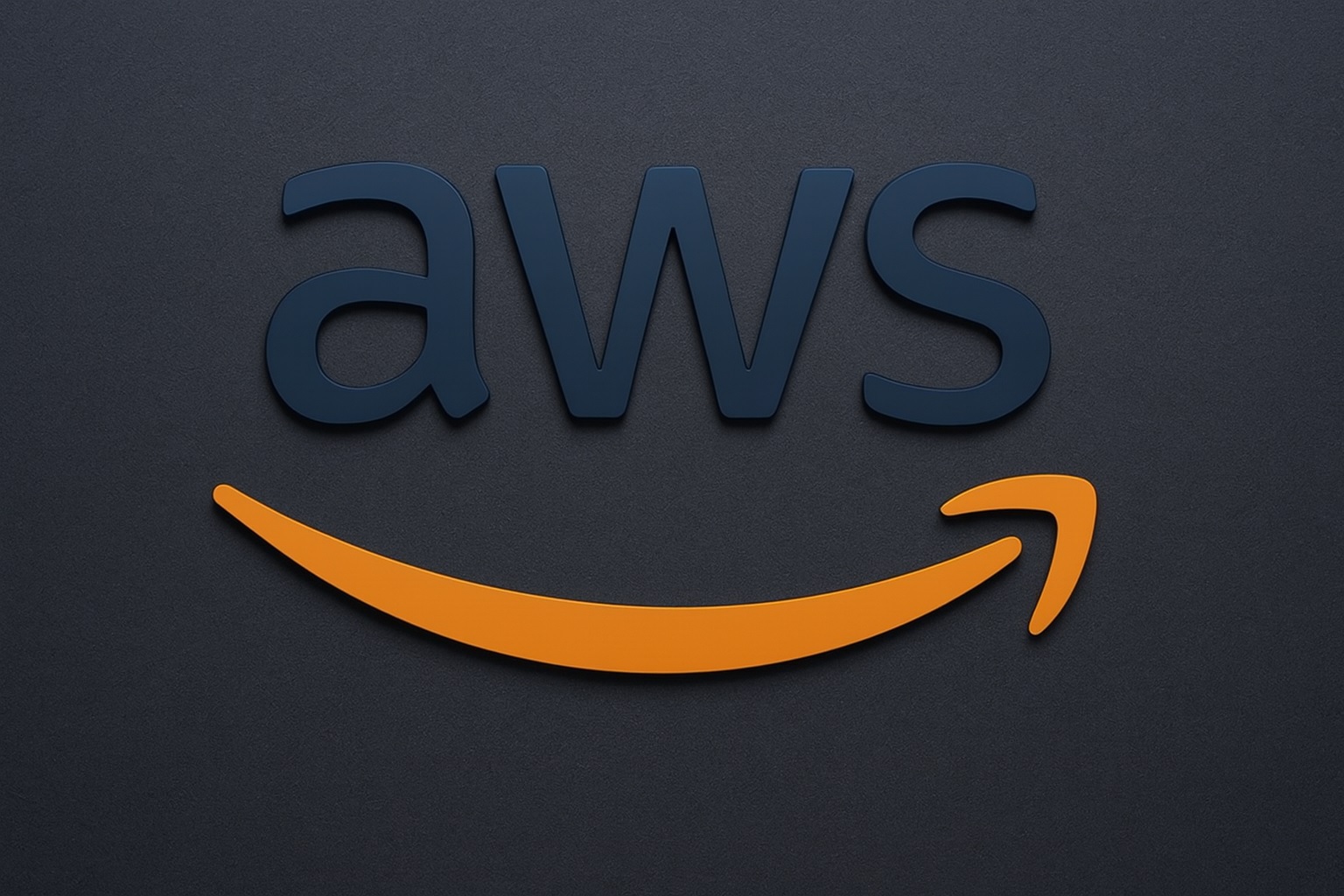- When & Where: On Oct. 20, 2025, Amazon’s cloud division AWS (Amazon Web Services) suffered a massive outage in its US-EAST-1 (northern Virginia) data center, knocking hundreds of sites and apps offline worldwide [1] [2].
- Root Cause: Amazon traced the fault to a DNS resolution error affecting its DynamoDB database service endpoints. This “digital phone book” glitch meant many systems couldn’t find their data for hours [3] [4].
- Services Hit: The outage took down a Who’s Who of the web – from consumer apps to enterprise tools. Social media and games (e.g. Snapchat, Reddit, Fortnite, Roblox), streaming and shopping (Amazon.com, Prime Video), finance apps (Venmo, banking services), and productivity tools (Zoom, Duolingo) all reported errors or timeouts [5] [6]. Even some government sites and bank portals went dark briefly.
- Scale of Disruption: This was the largest Internet disruption since last year’s CrowdStrike incident [7]. Reports spiked on outage trackers as millions of users worldwide found critical services “wobbling” or outright unavailable.
- Recovery: Amazon moved quickly. By late morning Pacific Time, most AWS services were “significantly recovered,” and by about 3:01pm all systems were back to normal [8] [9]. However, engineers warned that residual “backlogs” of queued operations would take hours to clear [10] [11].
What Happened: DNS Glitch in US-East-1
Amazon’s status updates detail the outage timeline. The company reported that between 11:49pm PT on Oct.19 and 2:24am Oct.20 it saw “increased error rates” in US-EAST-1 [12]. Engineers identified a Domain Name System (DNS) failure for the DynamoDB service (a core cloud database) and mitigated it by about 2:24am [13]. In plain terms, many AWS applications lost the “phonebook entries” that tell them where to find their data. AWS Staff later explained that after fixing the DNS issue, services began recovering immediately, but some internal systems still lagged. They throttled certain operations (like spinning up new servers) to help everything stabilize. By early afternoon (3:01pm PT), Amazon said “all AWS services returned to normal operations” [14].
Cybersecurity analysts note this was a configuration glitch, not a hack. Professor Oli Buckley of Loughborough University explains that such DNS misconfigurations can cascade rapidly: when the system’s “phonebook” fails, “thousands of systems … can’t find the right server,” causing them to “slow down” and eventually time out [15]. In other words, everything built on top of that service started to wobble.
Global Effects: Apps, Banks and Everyday Life
The outage’s real-world impact was immediately visible. Workers in London couldn’t log into financial apps, and U.S. customers found Venmo and Starbucks mobile orders failing [16] [17]. John Scott-Railton, a cybersecurity researcher at Citizen Lab, warned on social media that US-EAST-1 is a backbone for the internet, so when it “goes screwy, domino effects … are enormous” [18].
Indeed, dozens of major consumer services showed outages. Snapchat users saw messages fail, gamers couldn’t log into Fortnite or Roblox, and Reddit went dark intermittently. Even Amazon’s own sites (shopping and streaming) experienced errors as their traffic passed through the troubled cloud region [19] [20]. On Twitter and helpdesks, frustrated users reported airline check-in and appointment apps crashing. On outage monitoring site Downdetector, reports for affected apps surged tenfold at the peak.
Finance and banking apps were hard hit. Robinhood, Venmo, and some international banking services faced slowdowns, illustrating how deeply intertwined modern life is with AWS infrastructure [21] [22]. Patrick Burgess of UK’s BCS Institute warns that “so much of the world now runs on the cloud”, likening the internet to a utility. When one provider falters, pinpointing the fault is nearly impossible for end users: they see only the app they’re using—never Amazon behind it [23] [24].
Some services were less impacted. Starbucks reported only a “very limited” app glitch, and DoorDash said its systems functioned (though some delivery partners saw hiccups) [25]. But for many companies, the outages meant halted operations and lost revenue for the duration. Analysts estimate billions of dollars in economic impact from this single-day event (by CNN reporter estimates via social media).
Company Response: Patching and Promise
Amazon’s engineers raced to apply fixes. Throughout Monday, AWS posted updates on its Health Dashboard. By mid-morning, outages were diminishing, and by afternoon the cloud was declared “back to normal” [26] [27]. In a statement, Amazon noted that services like AWS Config and Redshift were still clearing out a backlog of internal messages, so full recovery would “finish over the next few hours” [28].
Externally, Amazon tried to reassure customers. The outage was attributed to an internal network-monitoring subsystem glitch that triggered the DNS issue [29]. AWS said there was “no evidence of any unauthorized access,” emphasizing this was an operational failure. Still, it was the third major internet meltdown linked to US-EAST-1 in five years, raising questions about that one region’s central role [30].
Cornell professor Ken Birman commented that developers can and should build better safeguards. AWS itself provides tools for redundancy, including using multiple cloud regions or providers. Birman warned that companies that skip these steps to cut costs “ought to be scrutinized later,” since such corners left them exposed during this event [31]. In other words, organizations must ensure their apps have fallback plans when a cloud hiccup occurs.
Expert Takeaways: A Wake-Up Call
Cybersecurity experts and researchers say today’s outage is a stark reminder of how fragile global tech has become. Dr. Mike Chapple of Notre Dame noted that DynamoDB underpins “apps and services all of us use every day” – calling it “one of the record-keepers of the modern internet [32].” When that record-keeper stopped, the “ripples” were felt everywhere.
Dr. Nura Abubakar of Brunel University emphasized the scale: AWS holds roughly 30% of the global cloud market, with millions of customers [33]. An outage here becomes a worldwide event – she called it “highly significant” and compared it to last year’s CrowdStrike failure in impact [34]. Despite the chaos, experts caution that this should not scare users away from the cloud. Instead, it highlights the importance of resilience.
Professor Buckley stressed that organizations must view outages like this as a lesson, not just a scare story. He advises firms to avoid a “single point of failure” by adopting multi-cloud or multi-region architectures [35] [36]. For individual users, a temporary outage of an app doesn’t imply a security breach – it may just be the cloud behind the scenes having an off day [37].
In short, the AWS outage shows how interconnected our digital lives are. One minor DNS fault in Virginia cascaded into a global internet outage. As one expert put it, incidents like this urge both tech leaders and policymakers to build a more diverse, accountable and resilient internet infrastructure [38] [39]. For now, businesses and users alike are breathing a sigh of relief – and hoping lessons are learned from this day of digital blackout.
Sources: Latest news reports from Reuters, AP News, Tech media, and official AWS updates [40] [41] [42] [43]. Experts quoted by Science Media Centre and AP [44] [45] confirm and analyze these developments.
References
1. www.reuters.com, 2. apnews.com, 3. www.reuters.com, 4. www.aboutamazon.com, 5. www.reuters.com, 6. apnews.com, 7. www.reuters.com, 8. www.aboutamazon.com, 9. www.reuters.com, 10. www.reuters.com, 11. www.aboutamazon.com, 12. www.aboutamazon.com, 13. www.aboutamazon.com, 14. www.aboutamazon.com, 15. www.sciencemediacentre.org, 16. www.reuters.com, 17. apnews.com, 18. apnews.com, 19. www.reuters.com, 20. www.techradar.com, 21. www.reuters.com, 22. apnews.com, 23. apnews.com, 24. apnews.com, 25. apnews.com, 26. www.aboutamazon.com, 27. www.reuters.com, 28. www.reuters.com, 29. www.reuters.com, 30. www.reuters.com, 31. www.reuters.com, 32. apnews.com, 33. www.sciencemediacentre.org, 34. www.sciencemediacentre.org, 35. www.sciencemediacentre.org, 36. www.sciencemediacentre.org, 37. www.sciencemediacentre.org, 38. www.sciencemediacentre.org, 39. www.sciencemediacentre.org, 40. www.reuters.com, 41. apnews.com, 42. www.aboutamazon.com, 43. www.sciencemediacentre.org, 44. www.sciencemediacentre.org, 45. apnews.com


